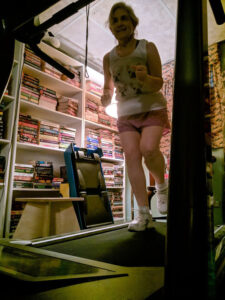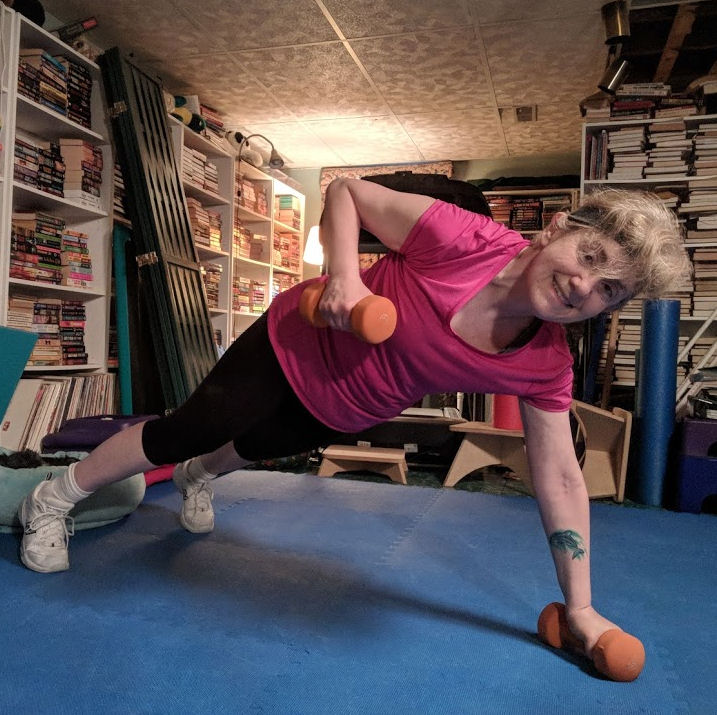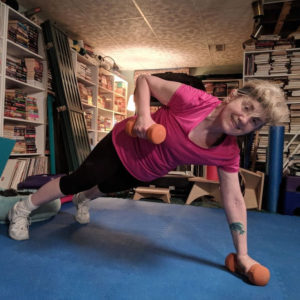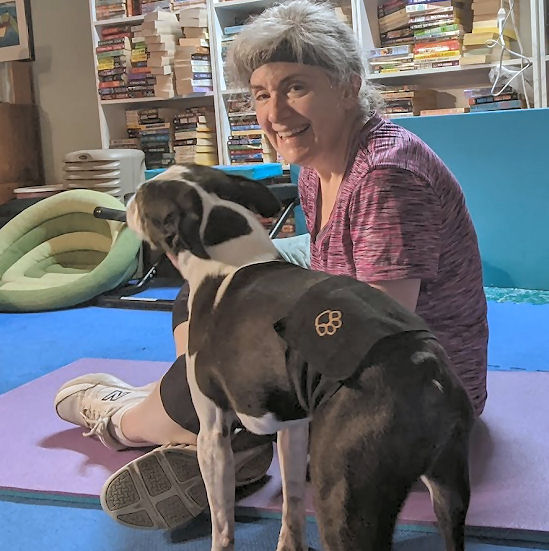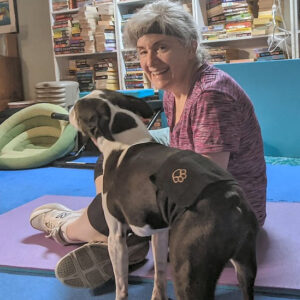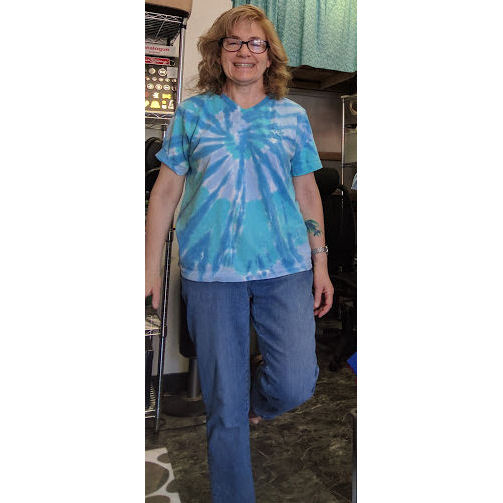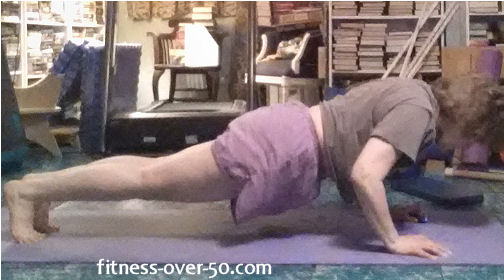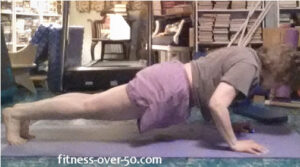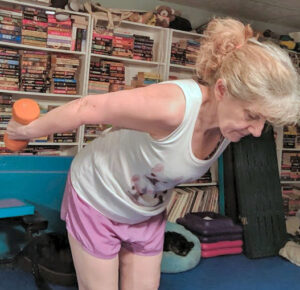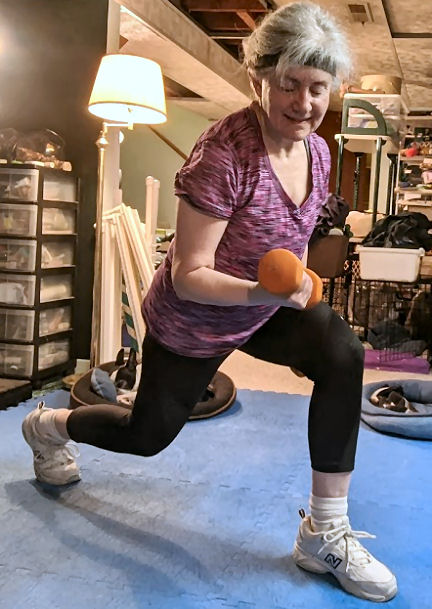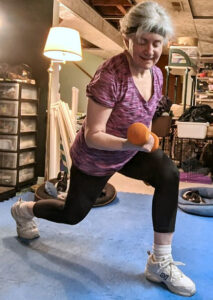Breathing is something we take for granted, every minute of every day. We only think about it when it becomes hard – for example, if we’re ill. (Like during my cold last week.) And we breathe harder during certain activities, when we exert ourselves running up the stairs, for instance. And we still don’t think about it. That’s pretty amazing, if you ask me. But, is there a right way to breathe?
Air is a life-giving resource that we don’t even have to think about receiving. During our normal, every-day, tasks oxygen comes in and carbon dioxide goes out and we don’t have to do a thing. But when we exercise, we should be conscious of our breath to maximize the benefits we want to receive. When our lungs are working properly, our performance is optimized and we can achieve the other benefits that exercise gives us. So, what’s the right way to breathe during exercise to get the most out of it?
What happens when you breathe?
When you breathe, air travels through lots of tubes and byways on its way to your lungs. In your lungs, the air ends up in little sacs called “alveoli.” Each alveolus is surrounded by tiny little capillaries which drop off carbon dioxide and pick up oxygen and take it through your bloodstream. The primary purpose for breathing is actually to get rid of carbon dioxide rather than to get oxygen.
When you exercise, levels of carbon dioxide increase in your bloodstream, leading to the need to breathe faster to get rid of the excess. Exercise can increase respiratory efficiency but it doesn’t actually lead to increased lung capacity.
When you breathe shallowly, this can lead to additional stress. If you pay attention to your breathing and notice that you’re just using the upper part of your chest, this is shallow breathing. You’re not getting the oxygen you need, and you’re also not getting rid of enough carbon dioxide, contributing to a panic mode. That’s why people say to “breathe deeply” to help you calm yourself. Change your mindset just a little to breathe from your diaphragm and you’ll be calmer and get more out of your workout.
Diaphragmatic breathing
The best way to feel what you’re supposed to be doing is if you try this lying down (no pillow). Breathe in through your nose and feel your lower ribs rise (put your hands there to feel it more). Breathe out through your mouth and feel your lower ribs fall. Using the diaphragmatic breathing technique during exercise, exhale for the exertion and inhale on relaxation.
When you run
My breathing always increases when I run, and sometimes I find myself breathing through my mouth only. Experts indicate that doesn’t really matter – focus on the thing that makes running easier and more effortless. Some experts recommend varying the number of steps you take during inhalation and exhalation so that you’re not always on the same foot. Keep in mind that there’s really no one right way to breathe during exercise. Just be sure to breathe and not hold your breath. Again, focus on the thing that makes your exercise more effortless, and your breathing will follow.


